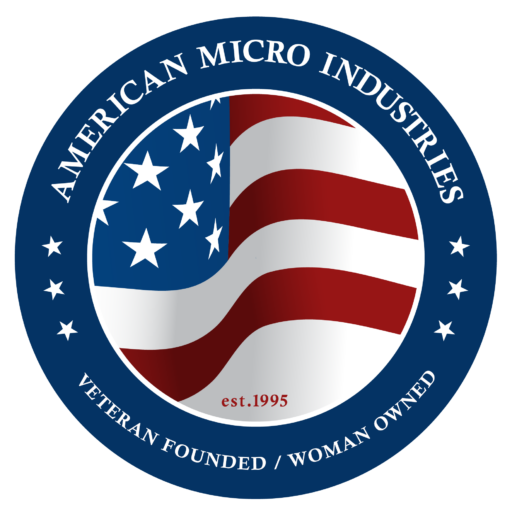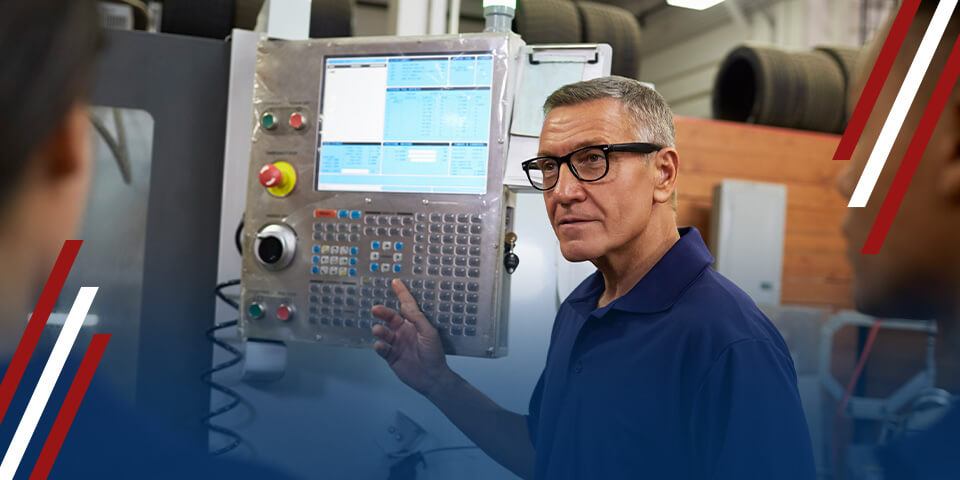

In today’s fast-paced manufacturing landscape, computer numerically controlled (CNC) machining processes depend on maximized efficiency. Efficient CNC machining saves both time and resources while improving product quality and the overall productivity of the organization. It’s a crucial aspect of any CNC machining process.
To shed light on the importance of efficiency, we’ll explore some strategies and best practices to optimize CNC machining processes for increased productivity and profitability.
Your equipment selection is paramount to increasing productivity in CNC machining. Of course, state-of-the-art, high-end machines generally perform better than outdated or basic equipment. You’ll need to consider many specifications and whether they offer the best performance possible for your parts. Look at aspects like:
Other aspects that will impact CNC performance include the number of machines and the software used to run them. For larger production runs, you may need several machines to keep up with high throughputs. Good computer-aided design (CAD) or computer-aided manufacturing (CAM) software can map out valuable efficiency-focused machining processes.
The tools used in a CNC machine experience considerable use and will impact the final product in different ways. For instance, using a softer tool on a tough metal would result in increased wear and may break the tool prematurely.
For more efficiency, look for high-quality tools. Although a high-performance tool might have a higher initial cost, it ultimately reduces waste with improved performance and lower replacement frequency.
The equipment is just one part of the equation. How it’s run also determines efficiency. CNC programming can be complex, but certain tactics will save time and boost quality. Read up on CNC programming best practices to ensure your machines run as efficiently as possible.
Some examples of tried-and-true CNC programming strategies include:
By streamlining CNC machining operations, you can minimize idle times for machines and operators and keep the floor running at peak productivity.
Many CNC machining companies don’t use their equipment to its fullest extent. Part of maximizing the value of your machines and tools is using them as much as possible while carefully monitoring for signs of stress and excess wear. Investments in modern equipment can help minimize idle time, but you still need to evaluate your machining processes to ensure the equipment performs at maximum capacity. Aim to strike the right balance of optimum performance without excess stress.
Another strategy that can boost machine optimization is emphasizing staff training. A strong education can help workers minimize errors, work more efficiently and maintain safety. It also ensures they understand the processes they perform and can identify problems or opportunities to maximize output with CNC machining.
Since it often represents a machining shop’s largest investment, CNC equipment should be carefully maintained. Implement regular upkeep procedures to keep machines working at peak performance and avoid unexpected downtime. While your machine may differ, some common CNC maintenance tasks might include:
While it may seem like a lot to deal with, treating your CNC machines well can pay off significantly. Preventive care helps your equipment last longer, perform better and use only the appropriate amounts of fluids. If your equipment experiences a problem, you can respond quickly with a scheduled repair instead of shutting down production for a surprise issue.
CNC machining relies on several supplies, including:
Running out of any of these supplies or waiting to obtain them can slow down production and increase waste. Develop an inventory management plan that monitors stock levels closely, allowing you to intervene before you run out.
Inventory management calls for strategic placement and organization as well. Every item required for machining should be nearby and easy to find. This approach minimizes the time a worker would need to spend walking around the floor or digging through items to find the right supplies. Good organization practices will also help your team stay safe by eliminating trip hazards and reducing errors.
Every CNC run requires production planning, a step that determines the flow of manufacturing and which resources will go where. Optimized production planning helps ensure a more productive, accurate process. Additional training and sophisticated software are a few resources that can improve production planning for more efficiency.
During this phase, keep lean production practices in mind. Lean manufacturing is an approach that aims to eliminate waste, boost efficiency and improve quality. In CNC machining, lean processes might involve reducing cycle times, eliminating errors, limiting material usage and avoiding rework. While lean production relies on smarter equipment usage and CNC coding, it also depends on developing a mindset of continuous improvement. Monitor your performance and keep working toward more efficient, higher-quality results.
Efficiency is the key to success in CNC machining, but getting to peak efficiency can be a tricky process. At American Micro Industries, we have the in-depth understanding of machining processes that only comes with experience and a commitment to staying on the cusp of innovation. We use efficient CNC machining techniques like the ones above to optimize our processes and deliver superior-quality products with rapid turnaround times.
Try these strategies to improve your own machining output, or outsource it to the experts to leverage our state-of-the-art equipment and extensive staff expertise. Learn more about our CNC machining services or explore all of our capabilities online to get started!